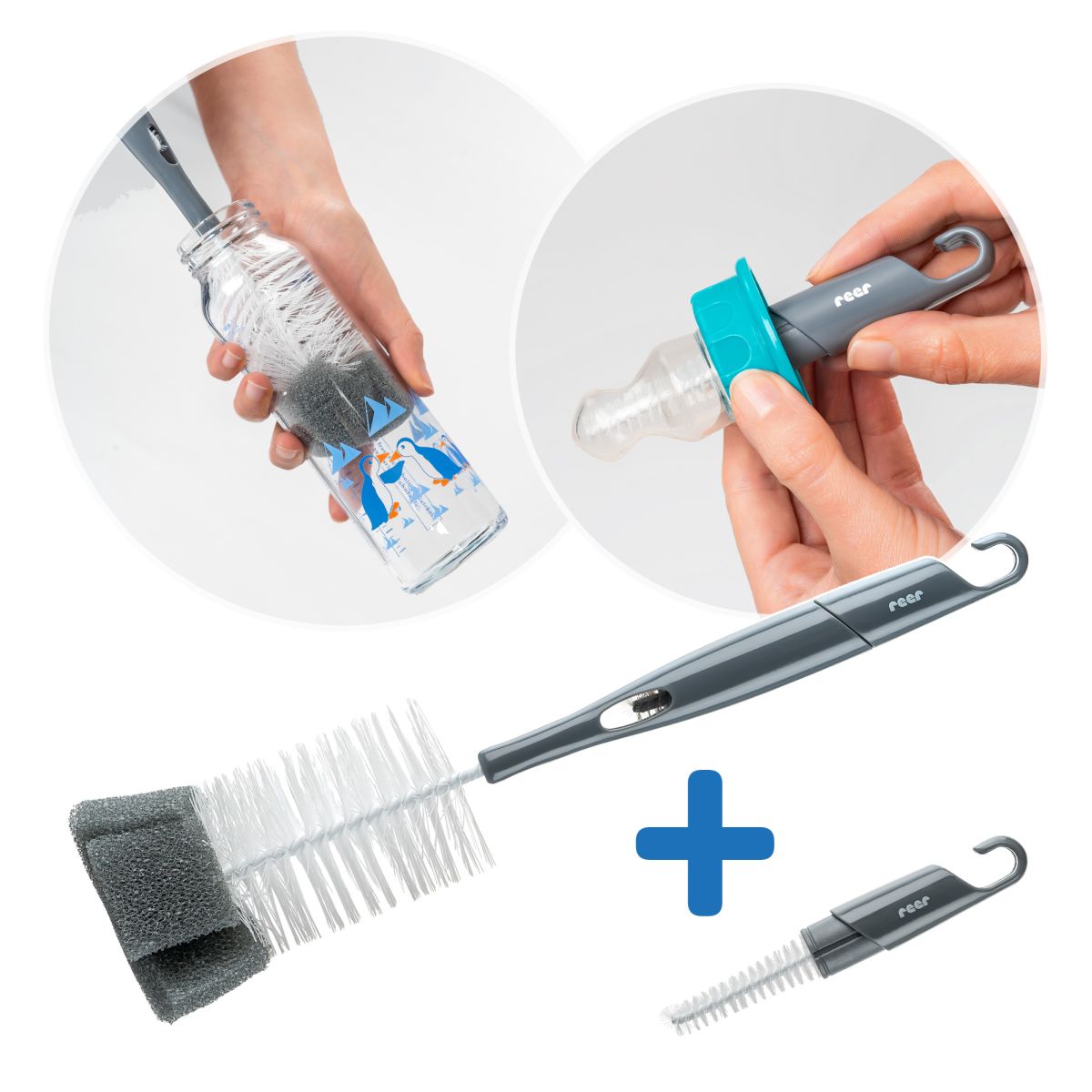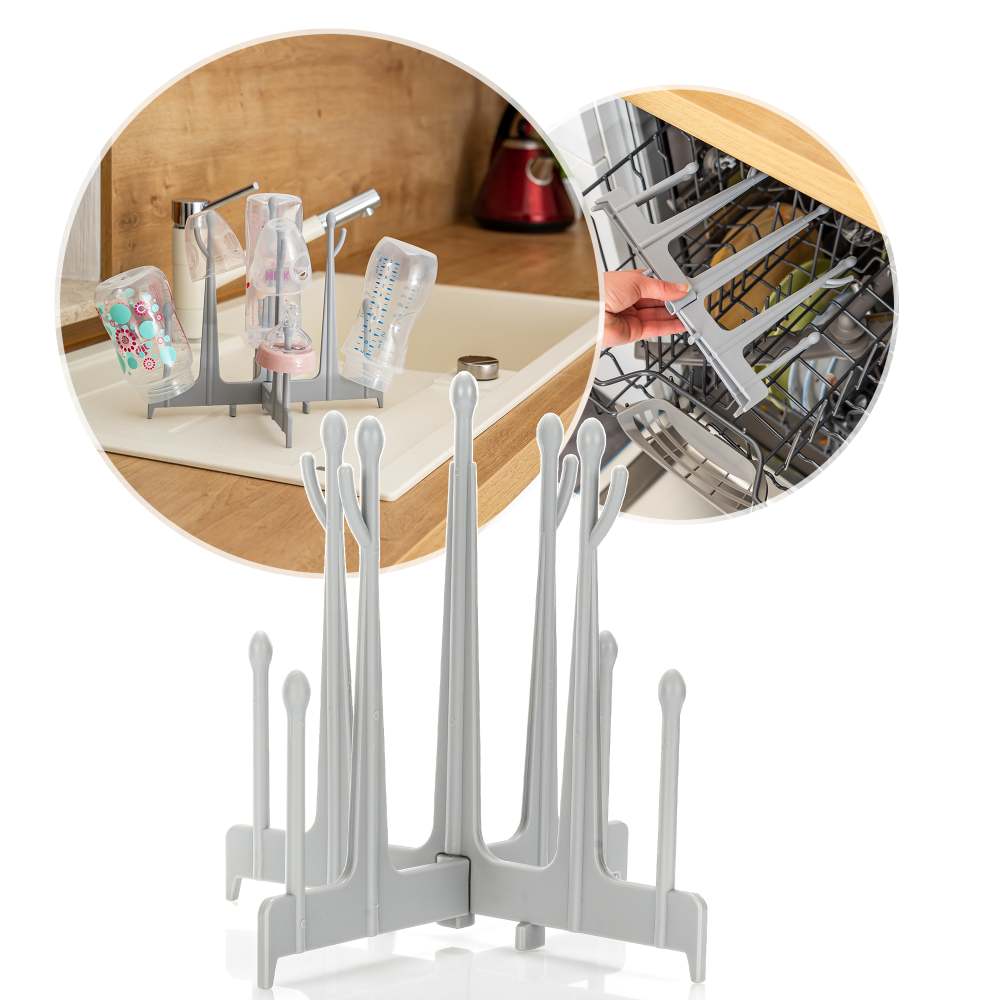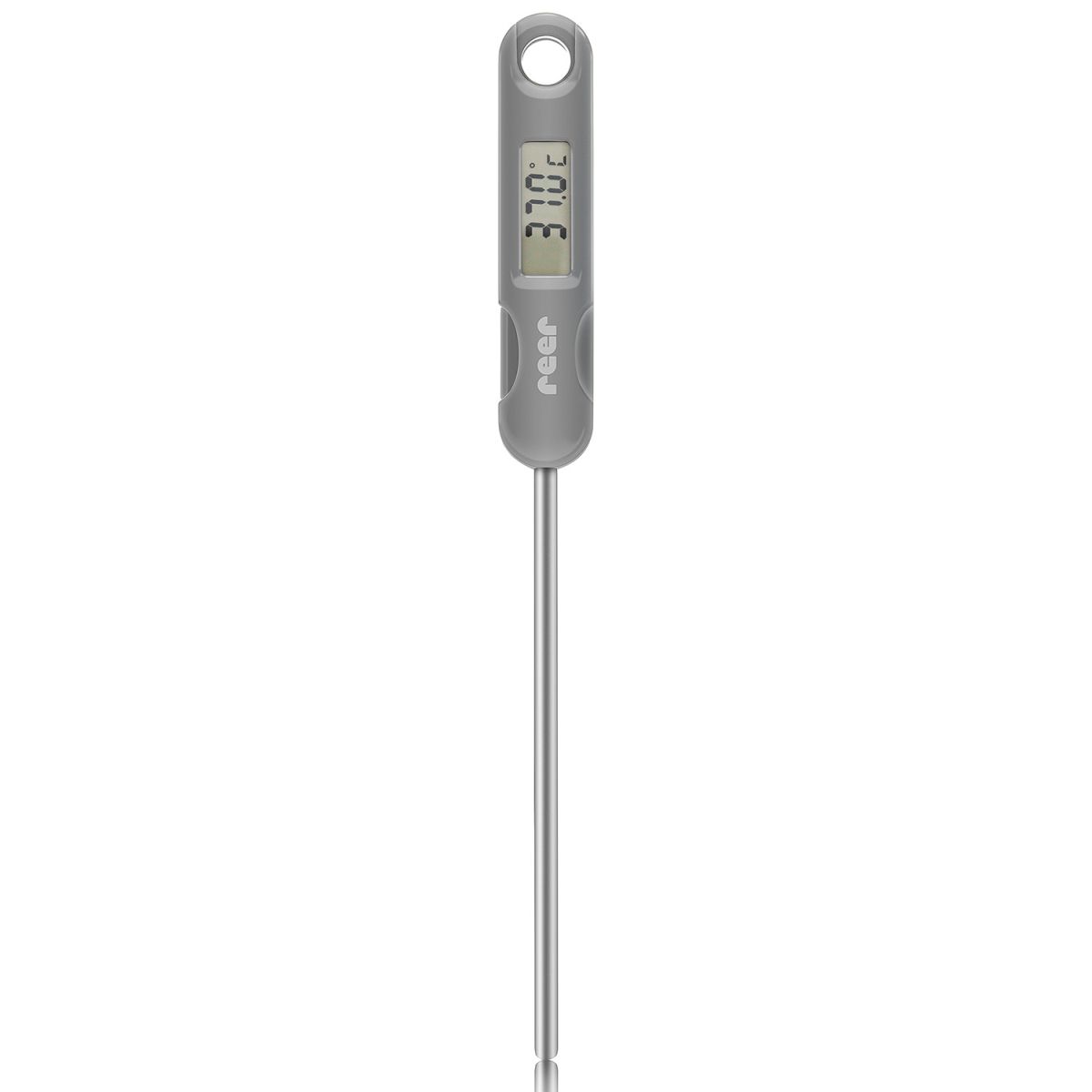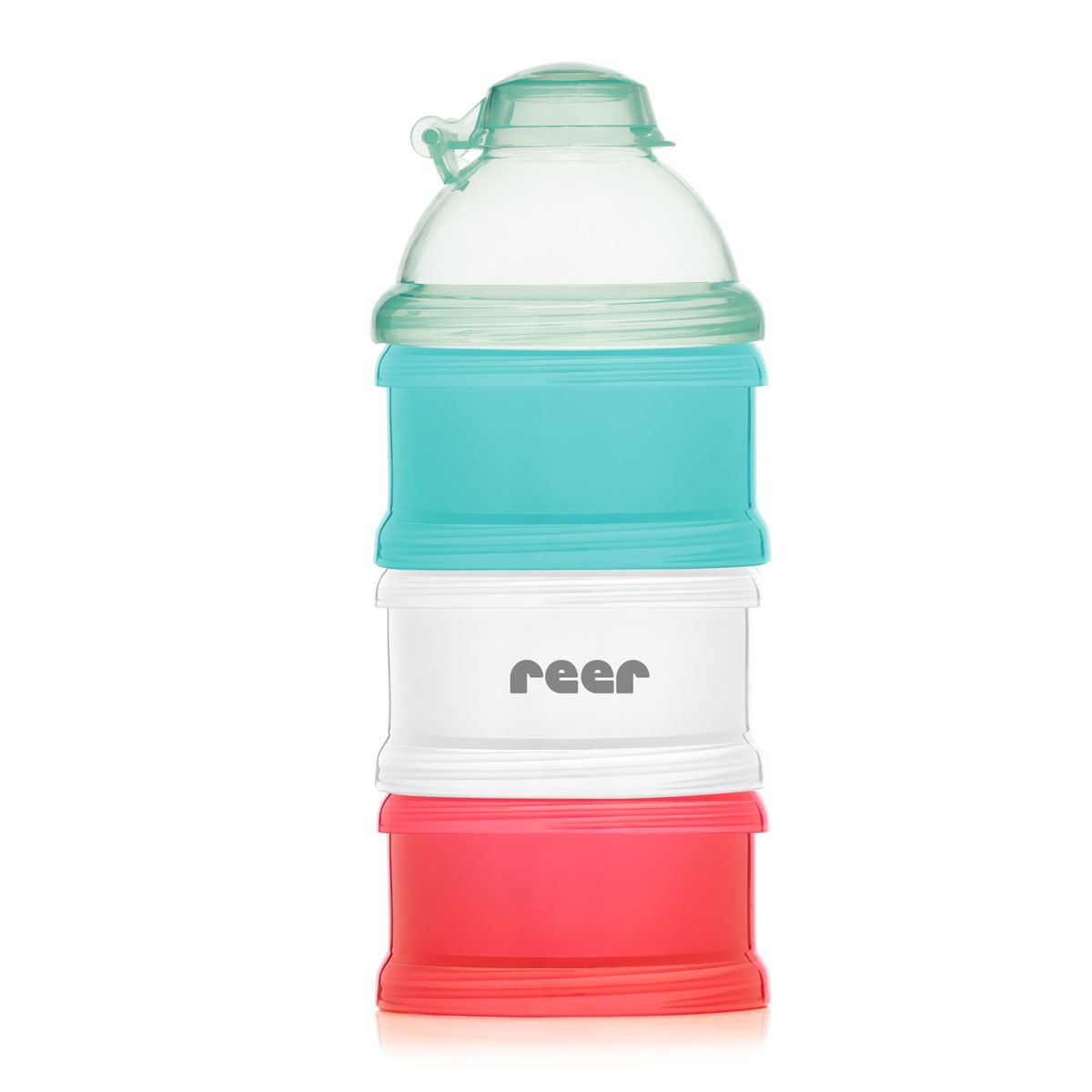Baby Bottle Accessories
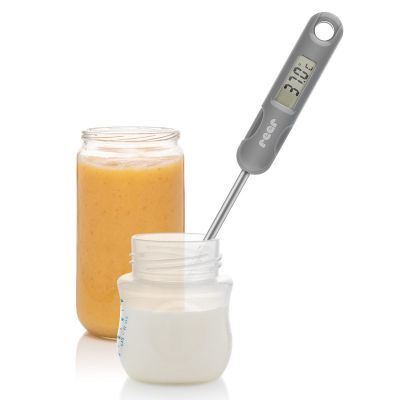
Preparing bottles for baby: Which accessories should you have?
Why do I need a milk powder portioner?
You've probably already had the experience that it can be quite impractical to measure and decant powdered milk, especially when you're on the go. The dusty powder quickly gets everywhere. Everyday life with your baby is much easier if you measure out the portions for his or her bottles beforehand. This also makes sense at home. A milk powder portioner makes it easier to prepare the bottles. You can pre-portion the milk powder and transport the individual portions in it, well sealed, for a whole day. It has a funnel with a lid so you can cleanly pour the powder into the bottle, even when you're on the go.
Why do I need an insulated bottle?
You need an insulated bottle to prepare milk meals for your baby on the go so that the boiled water stays warm for many hours. The product remains valuable even when your child gets older as you can use the bottle to take soups or teas with you on the go. Insulated bottles keep liquids warm or cold for many hours. In summer, you can also use the thermos flask to take refreshing juices or cool water with you and ensure that it remains cold for the full length of your outing.
Our thermos flasks are especially recommended for preparing food for babies. This is because they are made of stainless steel. Stainless steel is tasteless, hygienic and unbreakable. Stainless steel is also free of BPA and other harmful substances.
Do I need a bottle thermometer to prepare baby food?
When you prepare food for your baby, you need to pay close attention to the temperature at which it is consumed. After all, the right temperature is crucial. Your little one is very sensitive to temperature and could swallow the food even if it is too hot. This can lead to dangerous burns. The perfect drinking temperature is 37 °C, which is in harmony with our body temperature.
Theoretically, you can also drip some of the baby food on the back of your hand and feel if it is the right temperature, but this method isn't very inaccurate. For example, the ambient temperature can fool you; if it is very hot outside, then the food will feel cooler. Keep in mind that temperature differences are more drastic with liquids, even 40°C is very hot.
It is also important to pay attention to the temperature when you cook or reheat baby food or other food for your baby. It is important to first heat the foot enough for safety reasons, and then let it cool down to a safe consuming temperature. Many germs and pathogens die off at around 70°C and above. So here, too, getting the right temperature is crucial.
The bottle thermometer is the best and safest way to measure the temperature accurately. A bottle thermometer is also more practical than an ordinary household thermometer because the stainless steel temperature probe has a longer tip. This longer tip makes measuring temperatures in half-full bottles quick and convenient.
When your child is older, the thermometer can still be used in many ways in the household, for example as a kitchen thermometer. So it is a sensible long-term investment.
Why do I need a bottle box for my baby bottles?
With a bottle box, you can store the bottles in a space-efficient and clean way. More importantly, the bottles always stay in one place and cannot fall over.
When you have cleaned the bottles, you can simply place them upside down in the bottle box to drain and dry. A bottle box is an inexpensive and practical accessory that you should not do without.
What is the best way to clean a baby bottle?
Hygiene is important when cleaning baby bottles. Germs and bacteria that don't affect us adults can be life-threatening for babies because their immune systems are not fully developed yet.
It is best to clean the baby bottle thoroughly by hand with hot water and a bottle brush. Only use a rinsing agent when necessary. Make sure to use the bottle brush only for the bottles and then rinse the bottles several times with clean water.
After cleaning, baby bottles are disinfected. There are different methods to disinfect the bottles. The easiest and safest method is with a vaporiser. 99.9% of all harmful germs and bacteria are killed by using our vaporiser. Steam disinfection does not require any chemicals. Disinfection with the vaporiser is fast and reliable, taking only about ten to 12 minutes for up to eight bottles, depending on the device.
If you wish to opt for a vaporiser with a drying function, you can use the bottles for your baby immediately after sterilisation. A slightly cheaper option is the vaporiser for the microwave.



